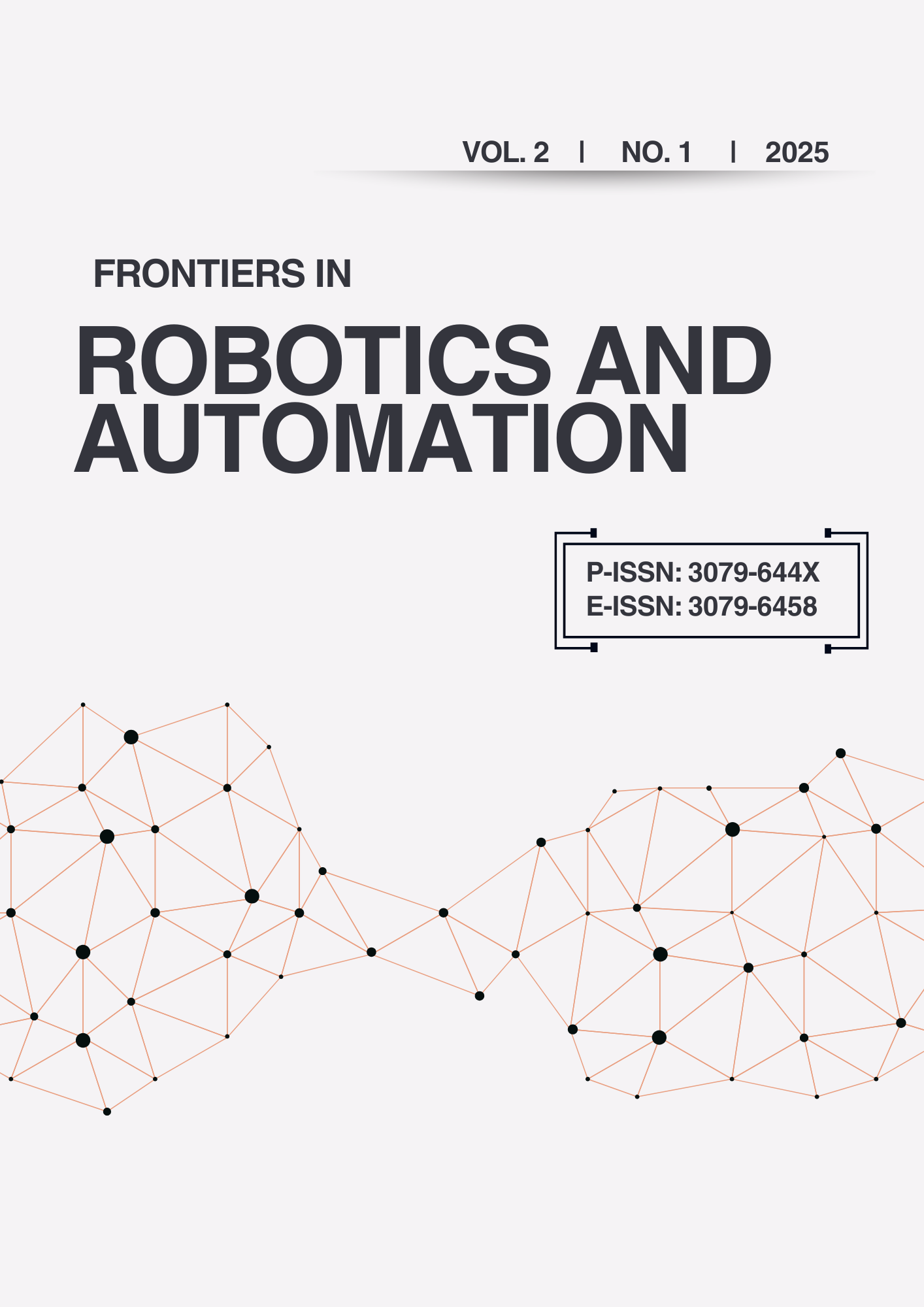Optimizing Data Placement Strategies for Multi-Tier Storage Systems Using Predictive Multi-Objective Reinforcement Learning
DOI:
https://doi.org/10.71465/Keywords:
Multi-Tier Storage, Data Placement, Predictive Analytics, Multi-Objective Reinforcement Learning, Deep Q-NetworksAbstract
Multi-tier storage systems face complex challenges in data placement optimization due to conflicting objectives including access latency minimization, storage cost reduction, and system throughput maximization. Traditional rule-based placement strategies fail to adapt to dynamic workload patterns and changing access behaviors, resulting in suboptimal resource utilization and degraded system performance. The heterogeneous nature of storage tiers with varying performance characteristics and cost structures requires sophisticated placement algorithms that can balance multiple competing objectives. This study proposes a Predictive Multi-Objective Reinforcement Learning (PMORL) framework for optimizing data placement strategies in multi-tier storage systems. The framework integrates workload prediction models with multi-objective optimization techniques to enable proactive data placement decisions. Deep Q-Networks (DQNs) and Multi-Objective Actor-Critic (MOAC) algorithms learn optimal placement policies that simultaneously optimize access performance, storage costs, and system utilization across heterogeneous storage tiers. Experimental evaluation using enterprise storage workloads demonstrates that the proposed framework achieves 43% reduction in average access latency while decreasing storage costs by 31% compared to traditional placement methods. The predictive component enables proactive data migration that reduces system overhead by 29%, while the multi-objective optimization ensures balanced performance across all optimization criteria.
Downloads
Downloads
Published
Issue
Section
License

This work is licensed under a Creative Commons Attribution-NonCommercial-NoDerivatives 4.0 International License.




